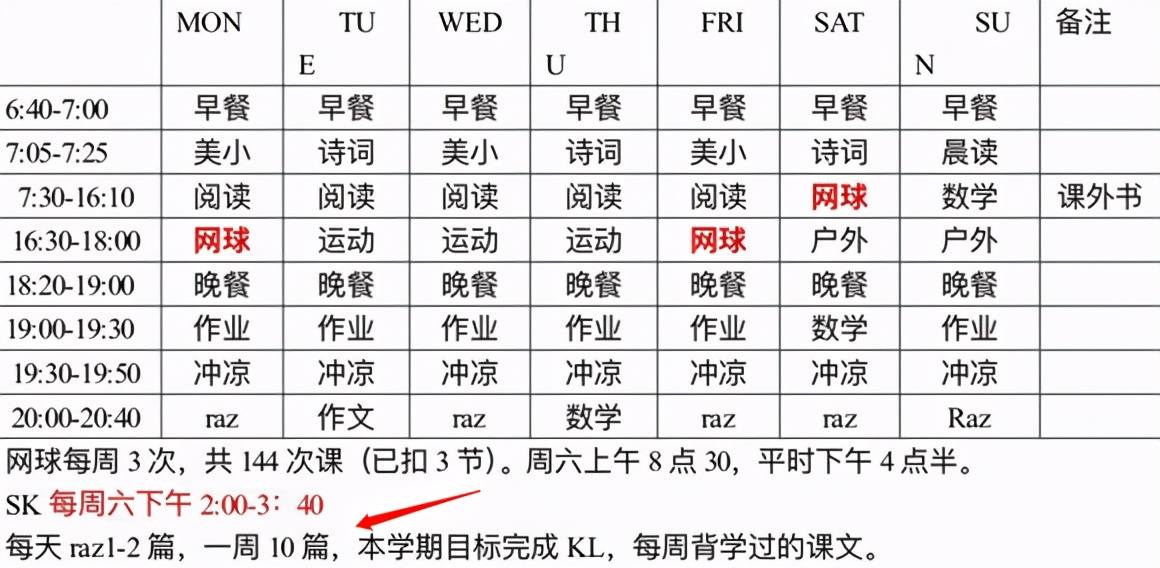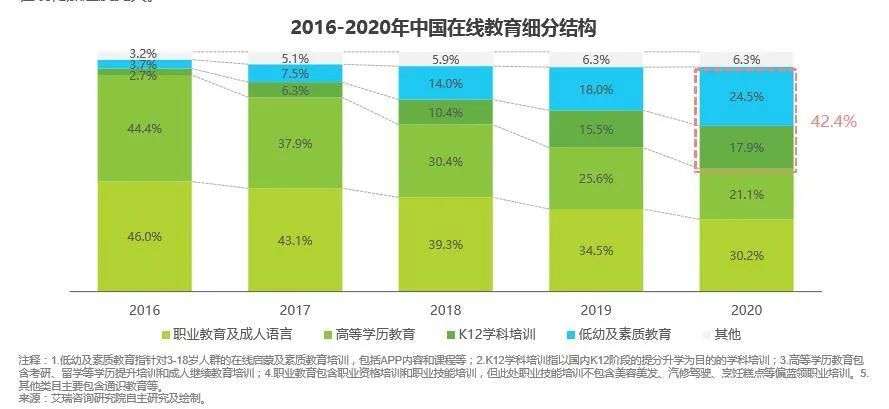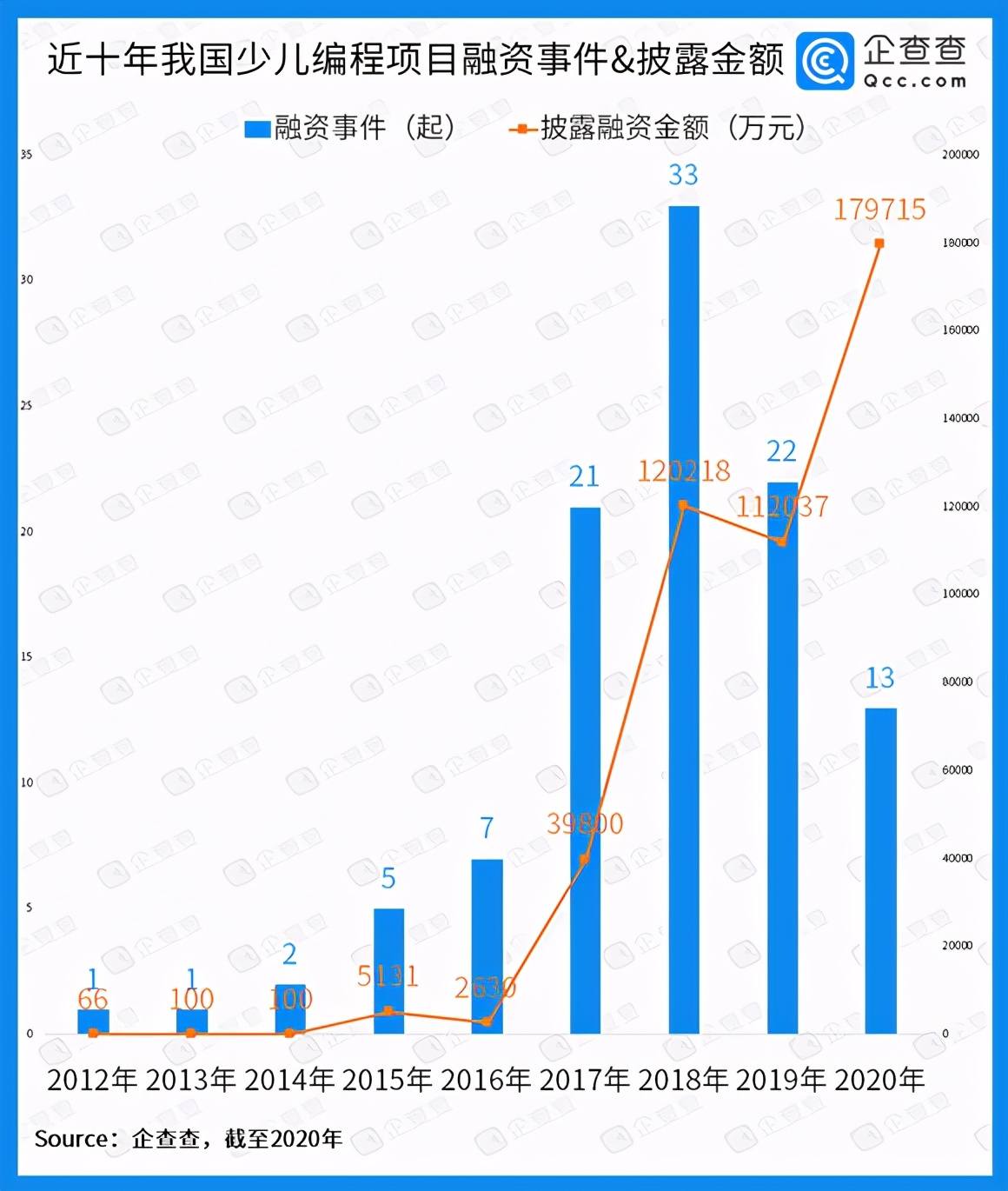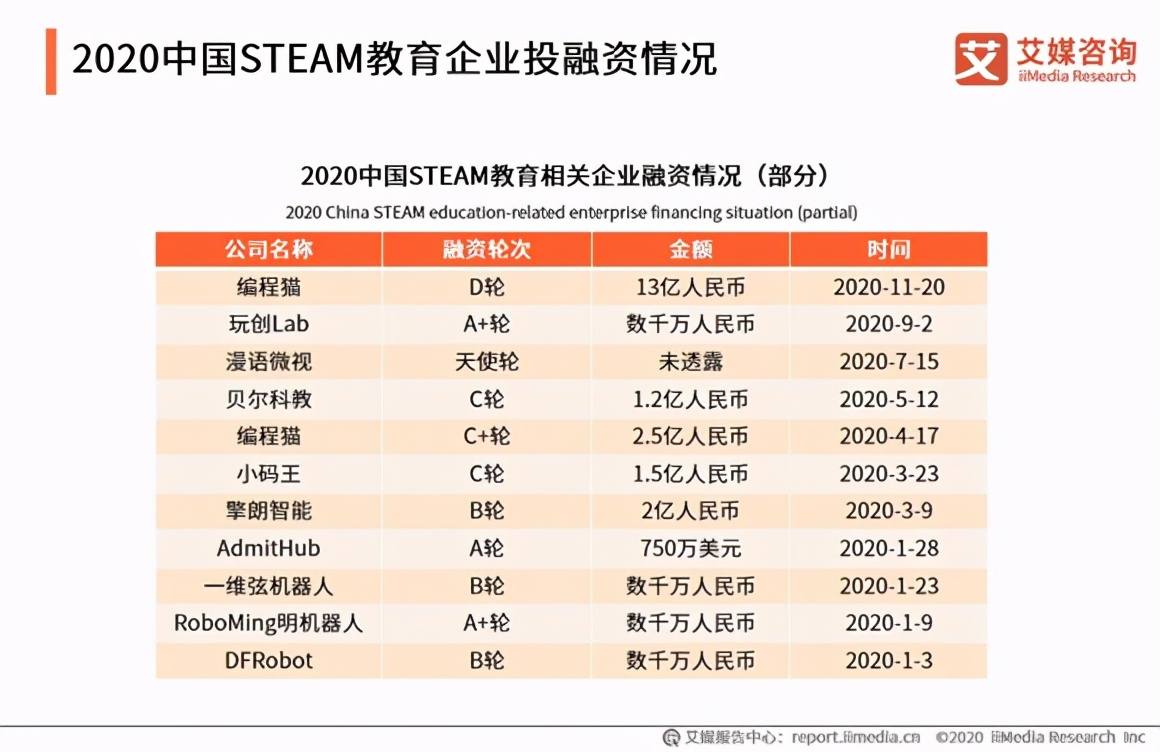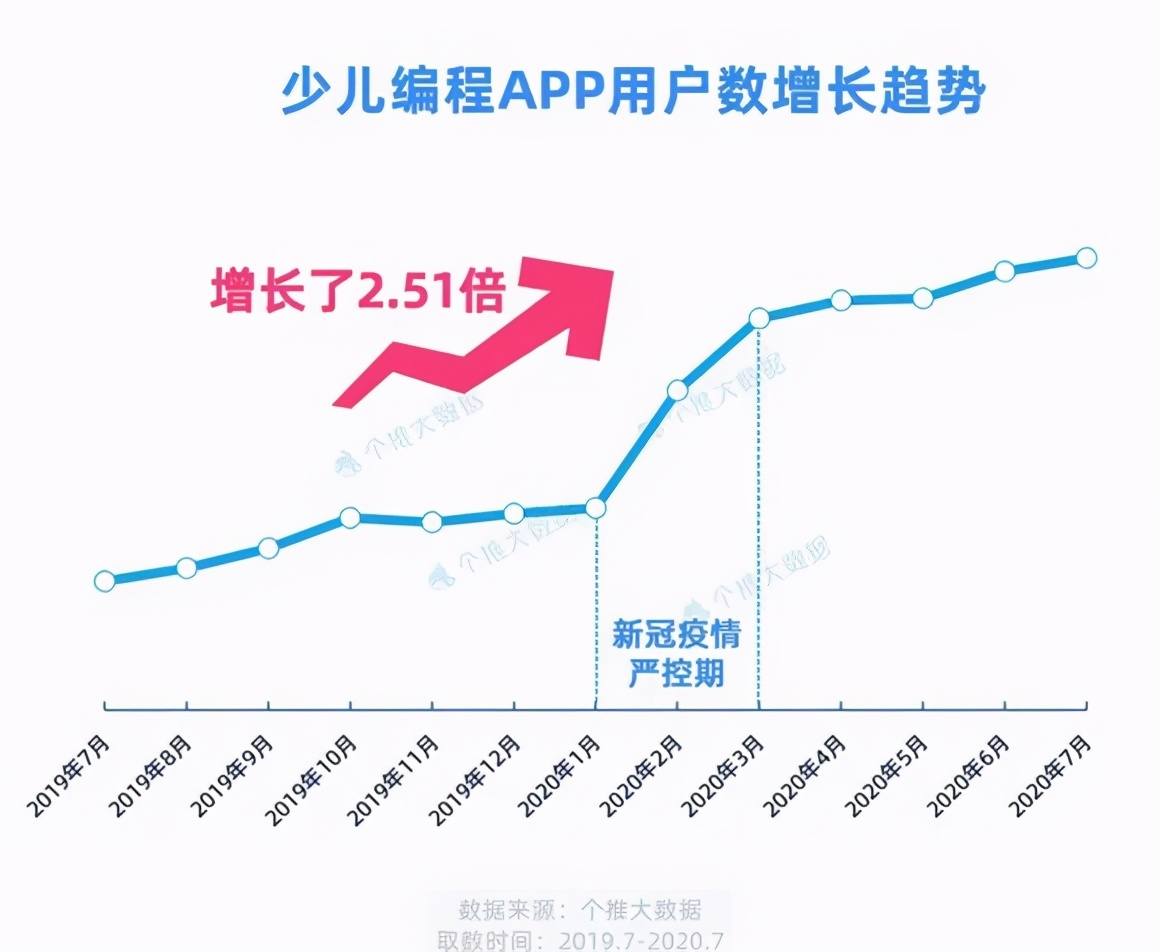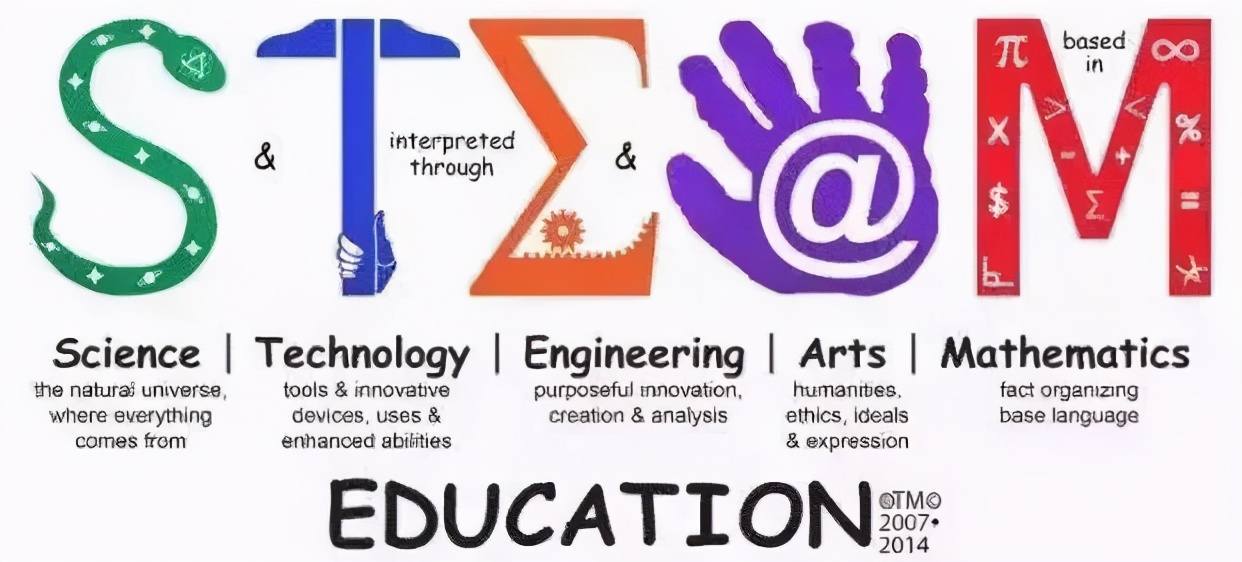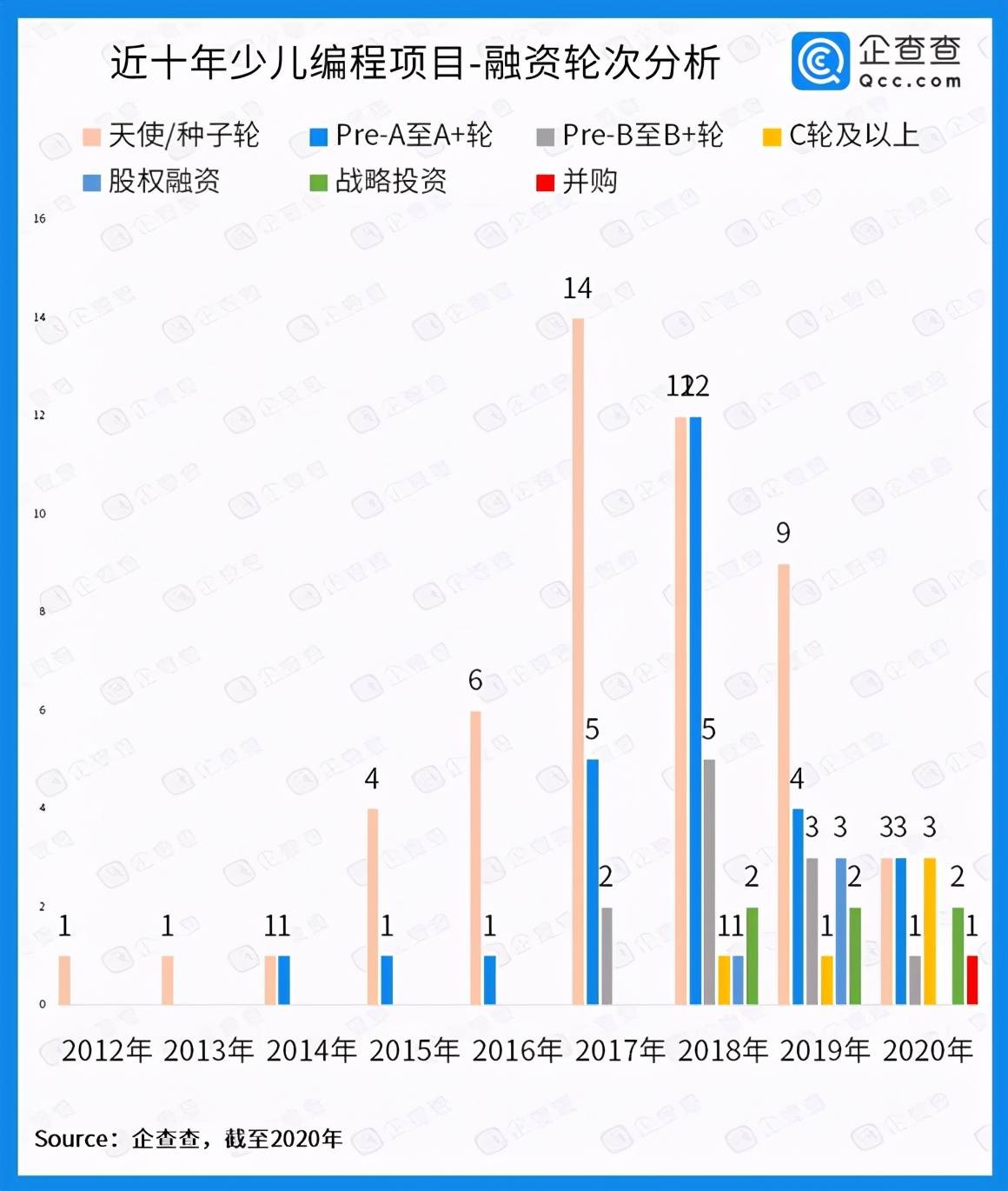Companies that have sensed the business opportunities of children’s programming have invested in the blue ocean of “children’s programming”. But after several years of development, these companies that got together are facing a huge technical test.
Editor’s note: This article is from the micro-channel public number “Deer of Finance” (ID: luminglab), Author: Li Xiaomei, editor: sealed into.
Start reading at seven in the morning, and then work on projects such as art, math, composition, and reading English books, until eight o’clock in the evening.
This is a holiday routine for a six or seven year old child.
In the “chicken baby” group, children as young as one or two years old and as large as 17 and 18 years old are crowded with various learning tasks every day, and even the bath time is clearly stipulated.
While the “chicken baby” model is becoming more and more popular, we can also find that in addition to the examination subjects such as language, mathematics and English, quality education projects such as art and reading also account for a large number of these children’s learning arrangements.
This is a trend that has become clear in recent years: parents born in the 80s and 90s are paying more and more attention to quality education. According to the iiMedia Consulting Report, from 2016 to 2020, the proportion of low- and quality education in online education has increased from 3.7% to 24.5%.
The subdivision of quality education-STEAM education, has gradually become more known. The concept of STEAM education was the first educational initiative put forward by the US government. It is a comprehensive education integrating science, technology, engineering, art, mathematics and other fields.
China STEAM EducationAccording to the classification of courses, it can be divided into children’s programming education, robot education and maker education. Compared with the other two projects, the children’s programming business model is simpler and has low marginal costs. It has gradually become the main segment of China’s STEAM education.
Businesses that have sensed business opportunities have invested in the blue ocean of “children’s programming”. But after several years of development, these companies that got together are facing a huge technical test.
Dive into the “Blue Ocean”
Back to 1995, Steve Jobs was 40 years old. He was squeezed out of Apple for 10 years. It is almost two years before he regains control of Apple. He is now running NeXT.
This year, he accepted an interview with the “Nerdy’s Victory” program, and mentioned in the interview: “Everyone should spend at least a year to learn programming.”
But at the time, not many people thought programming was a necessary skill.
16 years later, with the death of Jobs, this missing video was accidentally found. At almost the same time, children’s programming began to take root in China on the other side.
And this sentence that Jobs said, with the rapid rise of the domestic children’s programming track, has become one of the most powerful words in his sales courses.
After entering 2017, children’s programming is like a dark horse, which quickly caused a shock in the education field.
According to the company’s data, in 2016, there were only 7 children’s programming projects, and by 2017, it quickly jumped to 21. In 2018, the number of children’s programming financing incidents reached a peak, with a total of 33 cases, accounting for 42% of the number of investment cases in China’s STEAM education market.
After 2018, children’s programming financing incidents have decreased, but the amount of financing has risen. For example, in 2020, there will be three cases of financing over 100 million yuan in the field of children’s programming, of which the largest amount is 1.3 billion yuan. The disclosed financing amount for children’s programming projects throughout the year reached 1.797 billion yuan, which is 676 million yuan higher than in 2019.
The boom in the children’s programming market has also attracted more playersInvest.
According to the data of enterprises, there are currently 653 companies related to “children’s programming” in my country. There are 97 newly registered companies in 2018, 255 companies in 2019, and 190 companies in 2020. This means that at the peak, a children’s programming-related company is established every other day and a half.
At the same time, many leading online education companies have also come to an end to expand their boundaries: Good Future launches Xueersi Programming, New Oriental Investment Geek Morningstar, NetEase Youdao launches Kata Programming, Ape Tutorial launches Ape Programming…
The rapid development of children’s programming is the general trend and the result of the active promotion of national policies.
In 2016, after AlphaGo defeated top human Go players, China quickly set off a wave of artificial intelligence.
At that time, the Chinese people had insufficient understanding of artificial intelligence, and there was a serious shortage of technical talents. According to statistics, until 2018, the shortage of artificial intelligence talents in China still exceeded 5 million, and the supply and demand of talents in the artificial intelligence field in China was seriously imbalanced.
Programming is the cornerstone of the era of artificial intelligence and is called the “third language” besides language and writing. Its importance has been widely recognized around the world: the United States, Europe, Southeast Asia, Japan and South Korea and other countries and regions have incorporated programming into basic disciplines.
In order to alleviate the serious shortage of artificial intelligence talents in my country, it is imperative to actively promote children’s programming.
In 2013, after the concept of STEAM became popular in China, China also began to deploy children’s programming. Since 2016, the Chinese government has successively released documents such as the “Thirteenth Five-Year Plan for Education Informatization” to discuss STEAM education at the national level.
In 2017, Zhejiang Province adopted information technology (including programming) as one of the selected subjects for the 2017 college entrance examination, and promoted programming to the same status as physical and chemical students. Children’s programming is gradually stepping on the pain point of taking exams.
The promotion of policies, coupled with the need for examinations for further studies, instantly detonated the children’s programming arena.
According to the Blackboard Insight report, from 2018 to 2021, Walnut Programming has rapidly increased paying users from more than 20,000 to 3.2 million in just three years.
According to a big data analysis, the number of children’s programming APP users continues to grow. As of July 2020, the number of children’s programming APP users has increased by 2.51 times compared with the same period in 2019.
In spite of this, the market penetration rate of children’s programming in my country is still less than 2%.This is much lower than the 44.8% in the United States.
According to the “2017-2023 China Children’s Programming Market Analysis, Forecast and Development Trend Research Report” data show that whenever the penetration rate increases by 1%, the overall market size is expected to expand by another 10 billion yuan.
The future development space is huge, and the field of children’s programming is still a “blue ocean”.
Technical dilemma
However, rapid development has brought indigestible maladies, and today’s children’s programming companies are facing severe technical challenges.
Looking at the domestic market, most companies choose to use Scratch or optimized products based on it as an introductory tool for children’s programming.
Scratch is a computer program development platform developed by the MIT Media Lab in 2006. Unlike traditional programming languages, Scratch converts complex English codes into graphical languages, and presents programs in the form of games, scene animations, and building blocks in a command-based and modular manner, so that programming beginners do not need to learn programming grammar Products can be designed on the basis of.
Since the course is complete, quick to learn, and interesting, Scratch is the basic programming tool for many programming courses. Many domestic programming competitions also use the Scratch language by default.
However, excessive reliance on foreign technology will inevitably limit the independent research and development capabilities of local companies.
Scratch is a public welfare project, and it is difficult to make localized improvements and optimizations. Therefore, many Scratch-based children’s programming courses are limited to a certain extent by their functionality and scalability, and they can’t make much difference. This has also led to serious homogeneity of most courses on the market and lack of core competitiveness.
Especially in September 2019, the Scratch programming language website was completely and permanently banned in China due to public opinion. Only Chinese users who have installed Scratch can temporarily use it.
This incident has affected more than 3 million registered users in China and domestic programming competitions. It has once again aroused the call for localization of children’s programming education, and independent research and development of programming languages is imminent.
On the other hand, the shortage of professional teachers is also restricting the development of children’s programming education.
According to data from the Head Leopard Research Institute, there was a shortage of more than 3 million teachers in China’s STEAM education industry in 2018. Among them, the shortage of children’s programming track teachers is particularly serious.
At the same time, Jiemian News reported in April 2020 that the ratio of teachers to students in institutions is usually about 1:200 to 1:500, and some institutions have been as high as 1:3000, and this situation is difficult to alleviate in the short term.
There are two main reasons for the shortage of industry teachers: First, programming teaching has a high industry threshold, and traditional normal teachers cannot meet the requirements. The second is that teachers with a computer learning background are paid far lower than IT technical posts, which leads to serious brain drain.
Faced with the lack of teacher talents, children’s programming agencies generally reduce the recruitment threshold to alleviate it. Combing the recruitment information of children’s programming on major recruitment platforms, we can find that some children’s programming teachers have “professional unrestricted” requirements, no longer emphasize computer learning background, and the salary stays at 5-11K.
The lack of teacher talents will inevitably affect the quality of teaching, and then affect the purchase rate of courses. According to a survey conducted by iiMedia Consulting, 65.5% of users said that the power of teachers is the most concerned course purchase data.
Faced with the two major problems of technology and lack of talents, children’s programming has entered a period of pain. Since the end of 2019, the children’s programming track has been “exploding”: first, watermelon maker layoffs, Miao Xiaocheng announced that it was acquired by Sanqi Mutual Entertainment, and then Xiaobox Technology disbanded the programming team…
Product Survival
If you want to gain a firm foothold in the early stages of growth, the most important thing is to improve the ability of independent research and development, concentrate on polishing products, and establish technological advantages.
Take the programming cat as an example. Codingmao is a brand created by Shenzhen Dianmao Technology Co., Ltd. It was established in 2015 and mainly provides programming education services for teenagers from 4 to 16 years old.
In the same year, the programming cat claimed to have independently developed a programming language-kitten. It is said that the programming language is different from Scratch, and the curriculum written by Kitten can be switched from the building block mode to the Python mode with one click to avoid the link barrier of flash.
Based on the Kitten language, the programming cat has made a series of tool matrices for different user stages and scenarios, including the source code editor Kitten, the turtle editor Turtle, the code island Box, the programming cat Nemo, and the small rocket programming Roki. Formed the main product line with Kitten-3D code island-Turtle Editor as the core.
The programming cat Nemo is the first mobile children’s programming independently developed by a domestic enterpriseAPP means to transfer programming learning from PC to mobile.
Coincidentally, another children’s programming head organization, Walnut Programming, also focuses its future efforts on technology.
At the strategic press conference on March 25 this year, Walnut Programming released a brand-new self-developed graphical programming tool NUTS, and stated that NUTS did not have a line of code from the Scratch official. Compared with Scratch, NUTS has greatly improved in terms of loading speed, operating efficiency and scalability.
At the same time, Walnut Programming announced that it will invest US$200 million in Series C financing “all in education technology”, and continue to invest in AI teaching products, high-quality teacher reserves, and teaching and research systems.
On the other hand, in the face of the industry’s problem of shortage of teacher talents, the programming cat made a breakthrough by vigorously developing the B-side.
After 2019, textbooks compiled by Coding Cat have appeared in the classrooms of elementary and middle schools in Hubei, Hunan, Guangdong and other places. In addition, Codingmao also tried to solve the problem of weak teachers by cooperating with Shaanxi Normal University to train children’s programming teachers.
According to the official website of Codingmao, Codingmao has cooperated with more than 17,000 public schools such as Tsinghua University, the University of Hong Kong, and the primary school attached to the National People’s University.
With official and school endorsements, the development path of the programming cat is also smoother. Since its establishment in 2015, the amount of financing has exceeded 2.4 billion, and the highest amount of financing has been 1.3 billion.
The scale of its revenue has also increased from several million yuan in 2017 to nearly 100 million yuan in 2018, and reached 1 billion yuan in revenue in 2019, becoming a unicorn on the track.
In addition, the head gathering effect of the children’s programming industry has become more and more obvious: the number of financing incidents has decreased, and the scale of financing has expanded. The more companies that have product advantages, the more attention they receive.
Of the 210 children’s programming companies counted by Blackboard Insight in 2020, 139 companies have no financing records, and the number of companies in the remaining financing stages has gradually widened the gap. Existing projects have received C and D rounds of investment. For example, Xiaomawang received pre-C round of financing in March last year, Watermelon Maker received B+ rounds of investment, Programming Cat has received D rounds of investment, and Walnut Programming was completed in March this year. Raised 200 million US dollars in financing…
The financing rounds in the past ten years show that there were 51 angel & seed financing events, accounting for 48.6%. There were 27 financing events from Pre-A to A+ rounds, accounting for 25.7%. After 2018, industry financing incidents have decreased, and round C and above financing rounds have appeared, and financing rounds have widened the gap. At the same time, new projects are still being added.
What’s more noteworthy is that the children’s programming industry has received a total of about 6 billion yuan in investment over the past ten years, and the amount of financing for programming cats and walnut programming ranks among the top three. Among them, the financing amount of programming cats alone is close to the total industry 40%.
Resources are tilted towards the head, and competition is more intense. The future of children’s programming will be determined by technology. New players who lack special products are more difficult to enter; small and medium-sized children’s programming companies that cannot solve technical and teacher problems will also face elimination.
Reference material:
1. Mustard Duikan Education “Walnut Programming Series C financing of about 200 million US dollars, fully invested in curriculum development and teacher reserve”
2. Check DATA “Children’s programming has set off a “capital fever”: the total disclosed financing amount in the past ten years is nearly 4.6 billion, and it will reach 1.8 billion in 2020″
3. Head Leopard Research Institute “Overview of China’s STEAM Education Industry in 2019”
4. iiMedia Consulting “2020 STEAM Education Industry Report”
5. iResearch “2018 China Children’s Programming Industry Research Report”
6. Blackboard insight “Capital replenishment, technology iteration, children’s programming through the “children” period”
7. Xin Zhiyuan “Scratch, the children’s programming language developed by MIT, is forbidden! What can Chinese parents replace? 》
8. Interface News “Holding a good product but getting nowhere to get customers, children’s programming goes to a fork in the road”
9.DeepTech “Leading the children’s programming track in 6 years, why did the programming cat become a unicorn?” 》
The pictures in this article are all from the Internet

